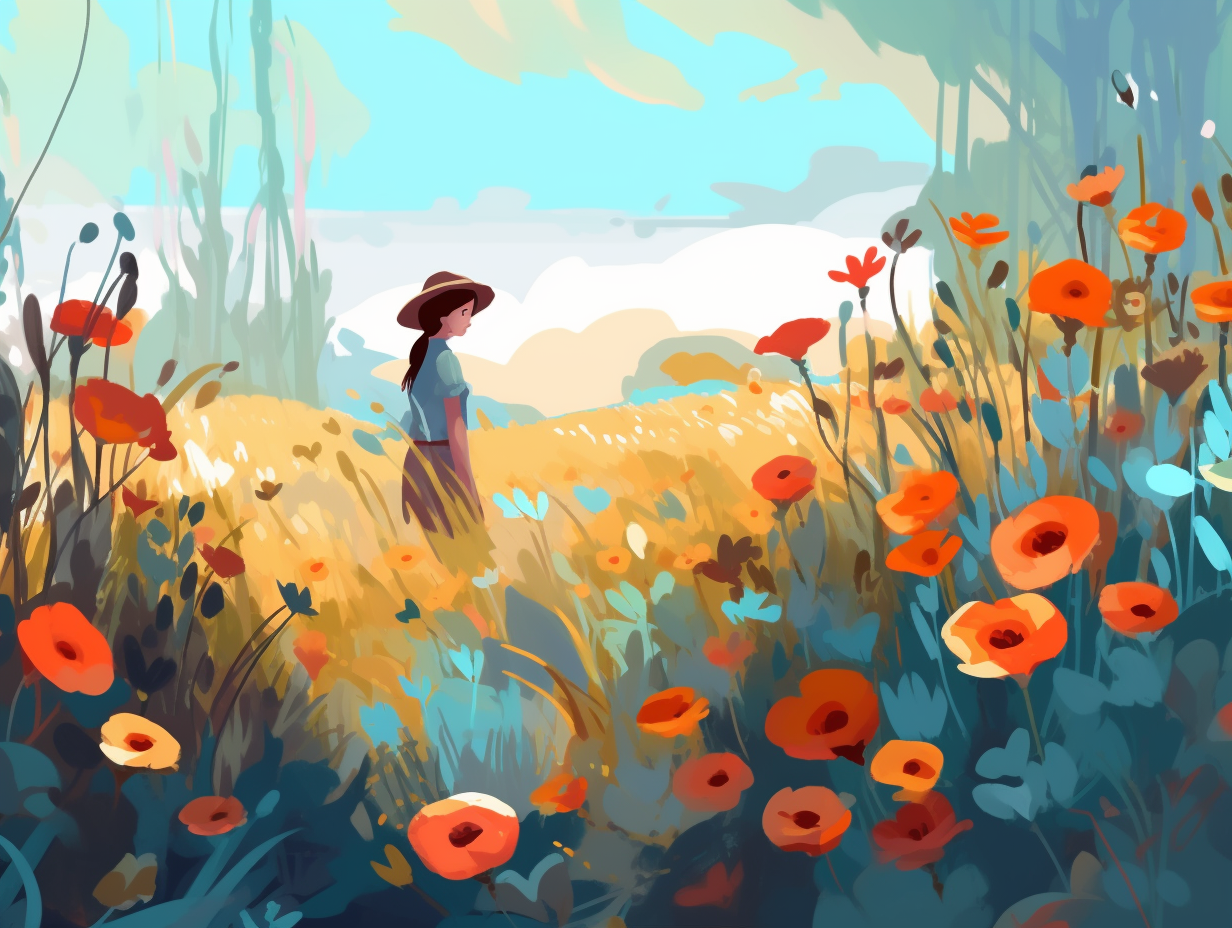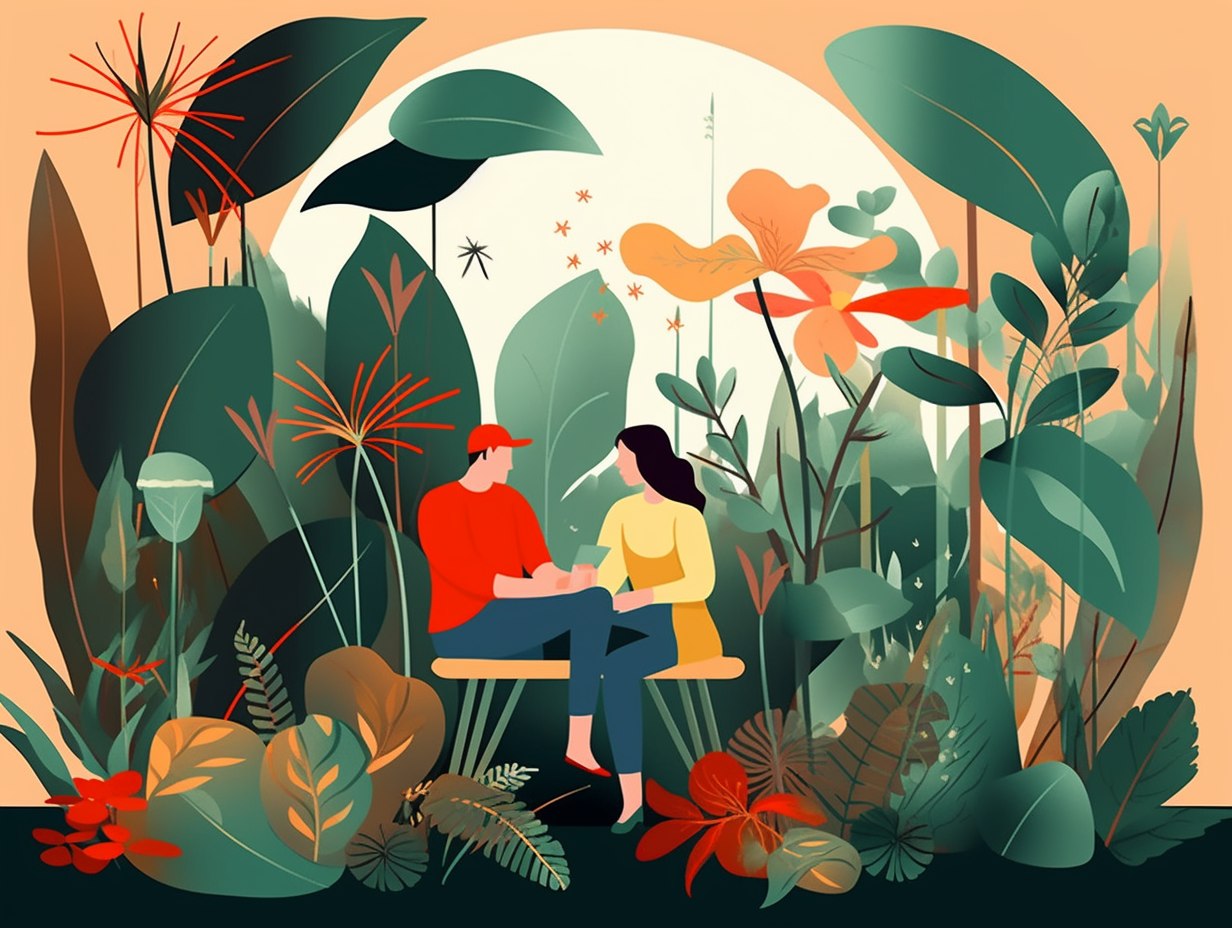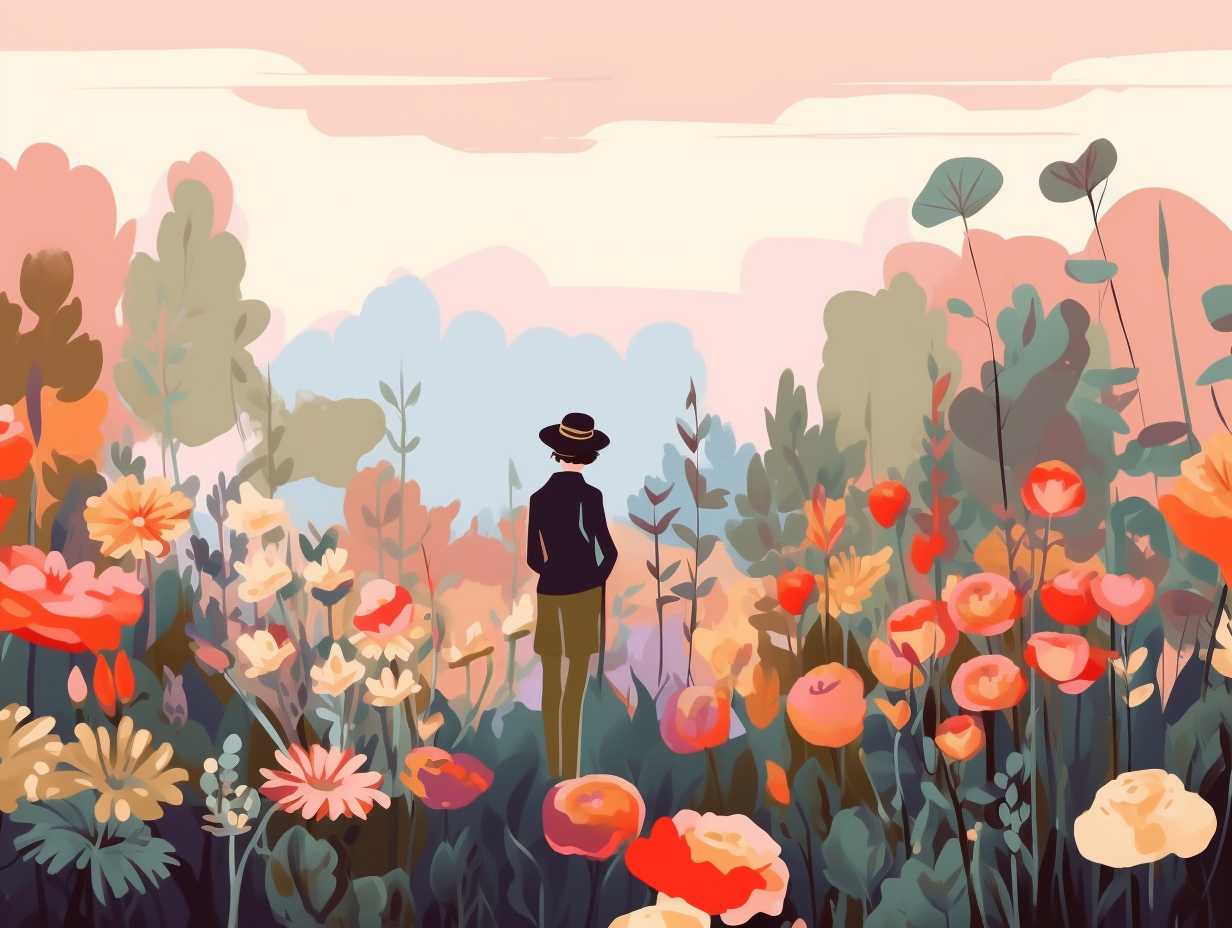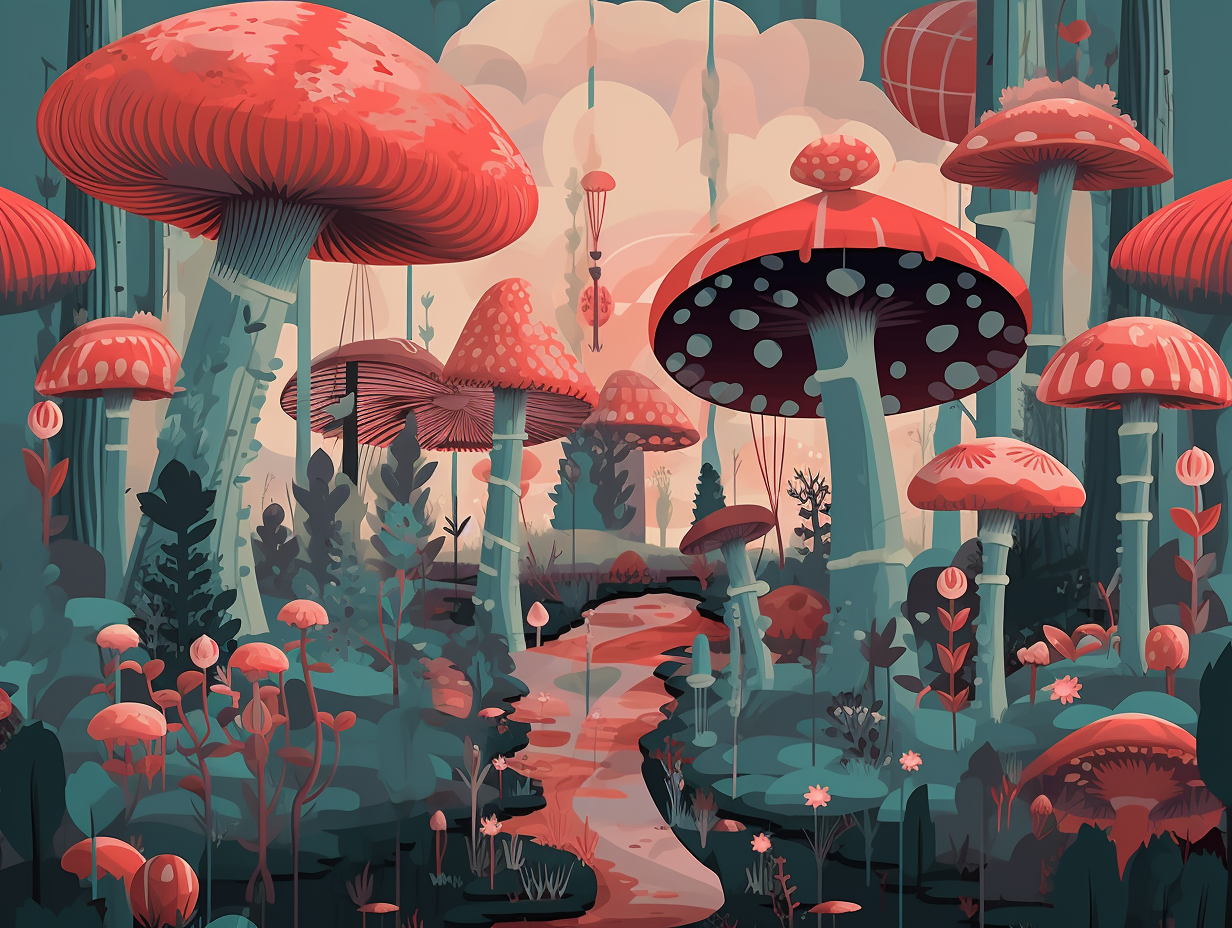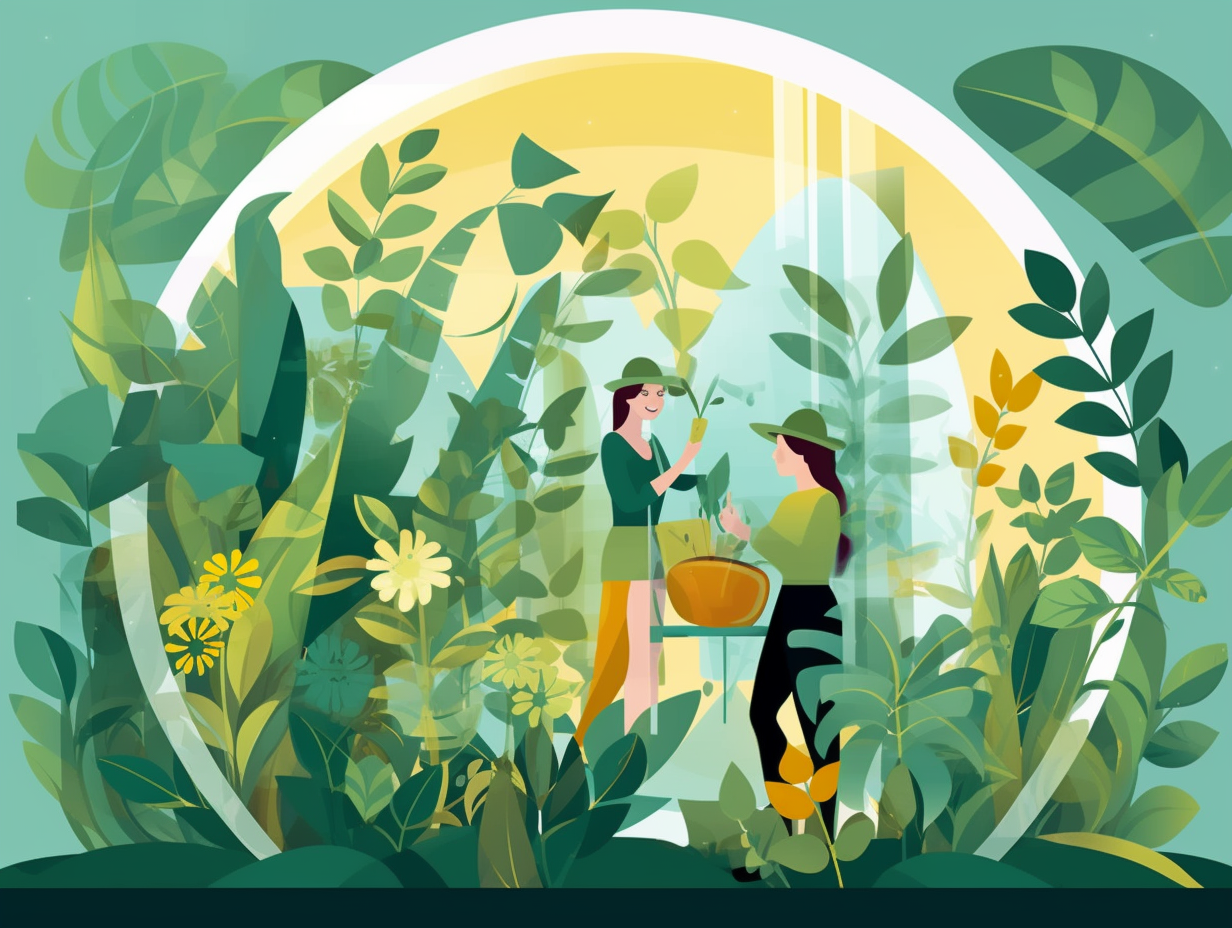Delightful Daisies: Discover the Top 10 Fun Facts About These Charming Blooms

1. Daisies as Natural Epidurals
Expectant mothers, take note: in ancient times, you could have ditched the epidural for a floral fix! It turns out that daisies were like natural nursemaids, ready to help a mama in need: these lovely blooms were related to childbirth and motherhood in various cultures, with the Norse goddess Freya even wearing a crown of daisies. Placing these petals under a pregnant woman’s pillow was believed to ease the labor process – who knew flowers had so much power?
Source => snapblooms.com
2. Chamomile for Better Sleep
Hey sleepyheads, daisies might just be your new BFFs in the quest for a good night's sleep, keeping Zzz-hating monsters at bay: Chamomile, a daisy from the Matricaria genus, has been a trusted slumber-promoting remedy across centuries, boasting mild sedative and anxiety-reducing effects. However, those riddled with sensitivity to the Asteraceae/Compositae family – yes, that's you ragweed, chrysanthemum, marigold, and other daisy enthusiasts – should proceed with caution before hopping into bed with chamomile products.
Source => sciencedirect.com

Did you know sunflowers are not only beautiful but also superhero-like? 🌻💪 Discover their amazing hidden talent in environmental protection through phytoextraction!
=> Fun Facts about Sunflowers
3. Michaelmas Daisy: Autumn Socialite
Our beloved Michaelmas Daisy dares to be fashionably late to the flower party, strutting its vibrant purple and pink petals like an autumntime Marie Antoinette. It dazzles gardens during the transitioning seasons, giving summer a grand farewell and autumn a warm embrace like a botanical socialite: Named in honor of the Feast of Michael and All Angels, the Michaelmas Daisy blooms in the fickle months of late August to early October, symbolizing St. Michael who protects against darkness and evil, much like how these resilient daisies brighten the encroaching gloom of fall and winter.
Source => historic-uk.com
4. Medicinal Marvels of Daisies
Lo and behold, the humble daisy – nature's delightful little mirth-bomb, and quite possibly the best thing since sliced bread for hippies, herbalists, and those with a penchant for self-medication: These floral marvels are not just pretty to look at; they also pack a medicinal punch, being rich in anti-inflammatory, pain-relieving properties, with potential benefits for digestion and respiration too. Brave the daisy fields, and you may just find a natural remedy waiting to bloom!
Source => en.wikipedia.org

5. Pyrethrum Daisies: The Eco-friendly Pesticide Producers
When life gives you daisies, make pesticides: Pyrethrum daisies serve a dual purpose in our gardens, featuring both beautiful blooms and acting as a natural source for pyrethrin - a safe and effective pesticide used in organic farming. This ecologically friendly insecticide, derived from our friendly floral companions, is not only less toxic to humans and pets but also breaks down rapidly under sunlight, making it a popular choice in the battle against pesky invaders.
Source => gardenguides.com
6. Daisy Chains: WWI Symbols of Hope
Before they were pushing up daisies, World War I soldiers were actually wearing them: Daisies served as a symbol of hope and comfort during the war, with poet Wilfred Owen describing soldiers donning daisy chains in his poem "The Send-Off." Often referred to as the "flower of the trenches," these little blossoms continue to symbolize hope and innocence, brightening the days of many as delightful gifts.
Source => dictionary.com
7. Tanacetum Cinrerariifolium: Insect and Fungus Foes
Daisies might not be able to turn back time, grant you eternal youth, or grant you three wishes; but beware, oh insects and fungus, for they possess a hidden, lethal weapon: The Tanacetum cinerariifolium species of daisies produce pyrethrins, a group of insecticidal compounds that have been decimating bugs and fending off mold in households for over a century, also offering bountiful prospects for plant and seed protection.
Source => wur.nl
8. Daisies: The Medieval Medicine Cabinet Must-Have
Warning: daisies may cause an uncontrolled urge to frolic in fields of flowers! This seemingly innocent bloom has a secret tendency to sneak into medieval medicine cabinets: the daisy is actually armed with a plethora of healing properties, boasting the ability to treat fever, liver and bowel issues, broken bones, and skin problems, as well as carrying a healthy dose of vitamin C – 34 mg per 100 g to be precise.
Source => eatweeds.co.uk
9. Edible Daisies: The Salad Superstars
Daisies aren't just for making flower crowns or playing "he loves me, he loves me not" – they should also come with a side of ranch dressing and croutons: Did you know that both the petals and leaves of the common daisy are edible, and can be used to add a little zest to salads, sandwiches, and soups? As an added bonus, they're chock-full of vitamins, making them ideal to perk up your herbal tea!
Source => planetayurveda.com

10. Belides Transformation: How Daisies Got Their Name
When Vertumnus falls head over heels, you can't help but petal away: The daisy, a symbol of chastity, modesty, and transformation in Roman mythology, is actually named after Belides, a nymph who morphed into the flower to give the persistent god of seasons, Vertumnus, the brush-off. Today, this pretty little thing can be spotted in lawns and fields, captivating hearts with its delightful combo of white petals and yellow center, and occasionally encumbering entire ecosystems with its invasive feminine wiles.
Source => extension.psu.edu
Related Fun Facts



